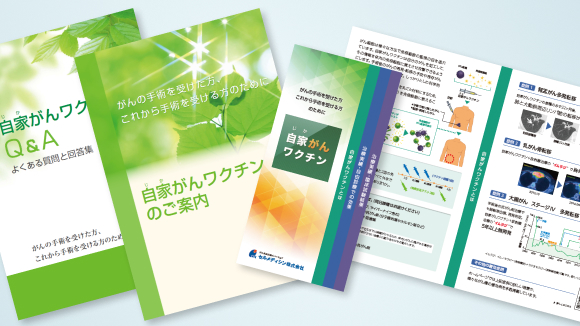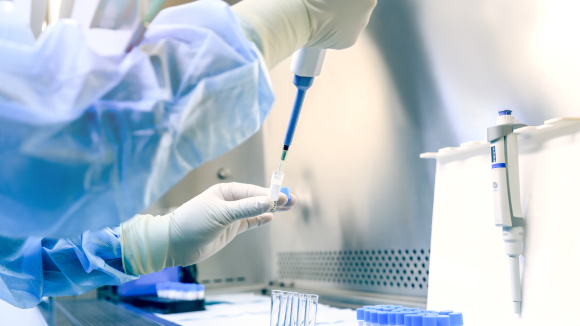Yamada E, Ishikawa E, Miyazaki T, Miki S, Sugii N, Kohzuki H, Tsurubuchi T, Sakamoto N, Watanabe S, Matsuda M. P53-negative status and gross total resection as predictive factors for autologous tumor vaccine treatment in newly diagnosed glioblastoma patients. Neuro-Oncology Advances 2023;5(1):1–11. https://doi.org/10.1093/noajnl/vdad079
Department of Neurosurgery, Institute of Medicine, U. Tsukuba, Ibaraki, Japan(E.Y., E.I., S.M., N.S., H.K., T.T., S.W., M.M.); Cell-Medicine, Inc., Ibaraki, Japan(T.M.); Diagnostic Pathology, Institute of Medicine, University of Tsukuba, Ibaraki, Japan(N.S.)
Abstract
Background. Among primary brain tumors, glioblastoma (GBM) is the most common and aggressive in adults, with limited treatment options. Our previous study showed that autologous formalin-fixed tumor vaccine (AFTV) contributed to prognostic improvements in newly diagnosed GBM patients. However, some patients died early despite the treatment. The discovery of predictive factors in the treatment was warranted for efficient patient recruitment and studies to overcome resistance mechanisms. Identifying prognostic factors will establish AFTV
guidelines for patients who may respond to the therapy.
Methods. Data from 58 patients with newly diagnosed GBM, including 29 who received standard therapy plus AFTV (AFTV group) and 29 who received standard treatment (control group) were analyzed. Several data including patient age, sex, the extent of removal, and various cell immunohistochemistry (IHC) parameters were also included in the analysis.
Results. Both univariate and multivariate analyses revealed that gross total resection (GTR) and negative p53 were associated with a better prognosis only in the AFTV group. In the IHC parameters, CD8 staining status was also one of the predictive factors in the univariate analysis. For blood cell-related data, lymphocyte counts of 1100 or more and monocyte counts of 280 or more before chemo-radiotherapy were significant factors for good prognosis in the univariate analysis.
Conclusions. A p53-negative status in IHC and GTR were the predictive factors for AFTV treatment in newly diagnosed GBM patients. Microenvironment-targeted treatment and pretreatment blood cell status may be key factors to enhance therapy effects.

























